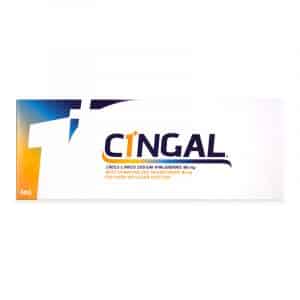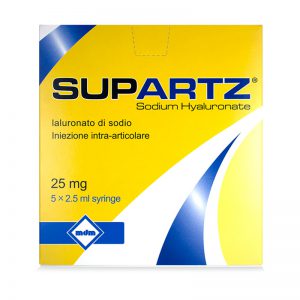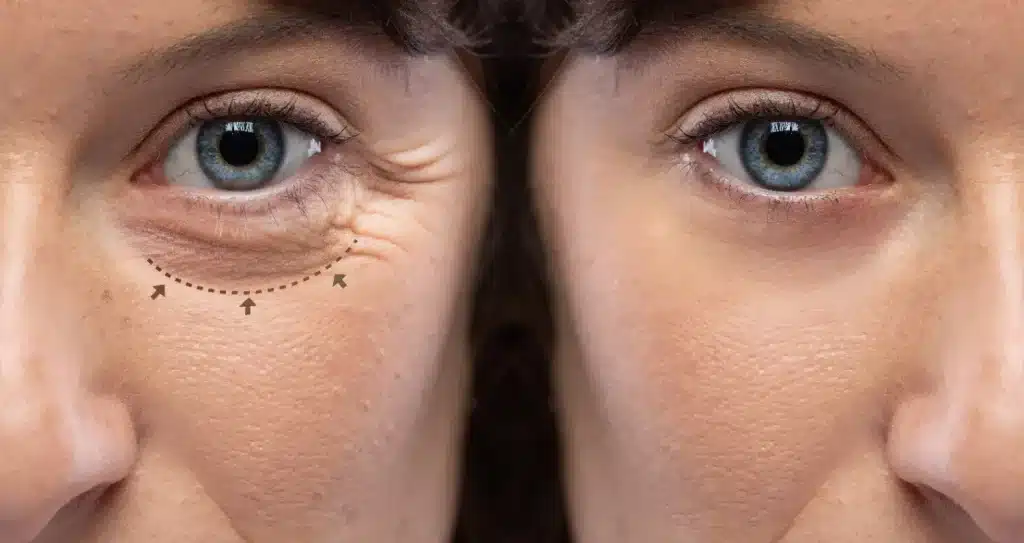Knee osteoarthritis (OA) affects millions of people worldwide, leading to chronic pain and reduced mobility. For many, managing OA symptoms involves treatments that alleviate discomfort and improve joint function. Intra-articular therapies, including corticosteroids and hyaluronic acid injections, have become standard options for addressing these issues.
Among these therapies, Cingal and Synvisc are two widely recognized treatments. Cingal combines immediate relief with long-lasting effects, making it a versatile choice for managing acute symptoms. Meanwhile, Synvisc is often recommended for patients with chronic OA pain. Both treatments aim to enhance joint health and quality of life, but their differences make them suitable for varying patient needs.
In this article, we’ll compare Cingal vs Synvisc, examining their effectiveness, benefits, and potential drawbacks to help you choose the right treatment for osteoarthritis.
Key Takeaways
- Cingal combines hyaluronic acid and corticosteroid, offering immediate and long-lasting relief for moderate to severe knee osteoarthritis symptoms. It is ideal for addressing both inflammation and joint lubrication in a single injection.
- Synvisc is a gel-like hyaluronic acid injection delivered in a series of three. It enhances joint lubrication and reduces friction, providing gradual and sustained relief for mild to moderate OA.
- While Cingal provides quicker relief and is suitable for patients with significant inflammation, Synvisc offers a longer-term solution for those seeking gradual pain management.
- Both treatments require careful evaluation of symptom severity, patient health history, and treatment goals. Cingal may not have approval in certain regions, which can influence availability.
- Both treatments effectively reduce pain and improve mobility but cater to different stages and severities of osteoarthritis.
About: Medical Spa RX provides medical practices with premium products at the best prices. If you’re looking to order Cingal online for your practice, the sales representatives at Medical Spa RX can give you guidance.
Understanding Osteoarthritis (OA) of the Knee
Osteoarthritis (OA) of the knee is a degenerative joint condition caused by the gradual breakdown of cartilage that cushions the knee joint. As the cartilage deteriorates, bones may rub against each other, leading to pain, stiffness, swelling, and reduced mobility. Common risk factors include aging, previous injuries, genetic predisposition, and obesity, all of which can accelerate the wear and tear on the joint.

OA symptoms often worsen with physical activity and temporarily improve with rest. Over time, these symptoms can significantly impact daily life, making it difficult to perform tasks like walking, climbing stairs, or even standing for extended periods.
Early intervention is crucial for managing symptoms and slowing disease progression. Treatments such as medications, physical therapy, weight management, and intra-articular therapies can help preserve joint function and delay the need for invasive procedures like knee replacement surgery.
Introduction to Cingal and Synvisc
Cingal is an advanced intra-articular therapy that combines hyaluronic acid with a fast-acting corticosteroid. The hyaluronic acid component provides lubrication and cushioning to the knee joint, while the corticosteroid delivers immediate relief by reducing inflammation and pain. This dual-action formulation makes Cingal a versatile option for patients seeking both quick symptom relief and longer-term benefits.
Meanwhile, Synvisc is a hyaluronic acid-based therapy with a gel-like consistency designed to mimic the natural synovial fluid in the knee. Its formulation provides long-lasting lubrication and shock absorption, reducing pain and improving joint mobility. Synvisc is the better option for patients with chronic knee OA who need sustained relief and improved function.
Both treatments aim to alleviate knee OA symptoms by enhancing joint lubrication, reducing pain, and improving mobility, offering effective solutions tailored to different stages and severities of osteoarthritis.
Benefits and Duration of Relief
Cingal and Synvisc are two treatments commonly used to manage knee osteoarthritis. Each offers distinct pain relief and treatment duration benefits, catering to different patient needs.
Cingal
- One injection that combines hyaluronic acid and corticosteroid
- Provides quick pain relief that lasts up to 3 weeks
- Ideal for patients seeking rapid, short-term symptom relief
- Helps reduce inflammation alongside cushioning
Synvisc
- Requires a series of three injections over several weeks
- Uses a gel-like hyaluronic acid to lubricate and cushion the joint
- Temporary pain relief with gradual improvement over time
- Provides more sustained relief, though does not repair cartilage
Both treatments do not fix knee damage but help with pain and improve mobility, leading to different patient experiences.
Side Effects and Injection Protocols
Both Cingal and Synvisc are generally well-tolerated, but some patients may experience mild side effects following treatment. Common side effects include:

- Pain or swelling at the injection site.
- Mild stiffness or warmth around the knee.
- Rarely, redness or joint effusion (fluid buildup).
Injection Protocols
- Cingal: Administered as a single intra-articular injection, making it a convenient choice for patients seeking immediate relief. The procedure is typically quick and performed in a clinical setting, with no special preparation required.
- Synvisc: Administered as a series of three injections, spaced one week apart. This protocol allows the hyaluronic acid to build up in the joint, providing gradual and sustained relief over time.
Managing and Minimizing Side Effects
- Rest and Ice: Applying ice to the injection site and resting the joint can help reduce swelling and discomfort.
- Pain Relief: Over-the-counter pain relievers like acetaminophen or ibuprofen can manage pain if needed.
- Monitoring: Patients should monitor the injection site for signs of infection, such as increased redness, warmth, or drainage, and contact their healthcare provider if these symptoms occur.
Clinical Indications and Considerations
Both practitioners and patients must first consider several factors when choosing between Cingal and Synvisc for knee osteoarthritis (OA), including the severity of the condition, the patient’s response to previous treatments, and their medical history.

- Severity of Symptoms: Cingal is better for moderate to severe pain/inflammation, while Synvisc suits less severe OA.
- Previous Treatment Response: Cingal is helpful if other treatments (e.g., oral pain meds) fail.
- Presence of Inflammation: Cingal helps control significant inflammation with its corticosteroid.
- Treatment Goals: Synvisc focuses on lubrication; Cingal addresses lubrication and inflammation.
- Patient Health History: Avoid if the patient has allergies or infections.
- Frequency of Injections: Synvisc may need multiple doses; Cingal typically requires fewer injections.
- Cost and Insurance Coverage: Insurance coverage may vary, affecting treatment choice.
It is also important to note that Cingal FDA approval is currently being processed for knee osteoarthritis in the U.S. While both treatments are widely used globally, the regulatory status of Cingal may influence its availability in certain regions.
Conclusion
Cingal and Synvisc are two trusted options for managing knee osteoarthritis, each offering unique advantages. Cingal’s dual-action formulation provides immediate and effective relief for patients with severe symptoms and inflammation. Synvisc’s gradual approach, on the other hand, suits patients with less severe OA, focusing on sustained pain relief and improved joint function.
Choosing between the two depends on individual needs, health history, and treatment goals. With proper assessment and expert guidance, both treatments can significantly enhance quality of life for those managing osteoarthritis.
FAQs
1. How do Cingal and Synvisc differ?
Cingal combines hyaluronic acid with a corticosteroid for immediate and long-lasting relief. At the same time, Synvisc uses a gel-like hyaluronic acid for gradual, sustained improvement in joint mobility and pain relief.
2. How do practitioners adminsiter these treatments?
Cingal is a single injection, while Synvisc typically requires a series of three injections spaced one week apart.
3. Are there any side effects?
Both treatments may cause mild side effects, such as swelling, redness, or stiffness at the injection site, which usually resolve within a few days.
4. How long do the effects of Cingal and Synvisc last?
Cingal provides relief lasting up to 3–6 months, while Synvisc can deliver benefits for 6–12 months, depending on the individual.
References
SYNVISC® (Hylan G‐F 20) and Synvisc‐One® (Hylan G‐F 20) Dosing Information | For HCPs. www.synvisconehcp.com. https://www.synvisconehcp.com/dosing
Win Min Oo, Hunter DJ. Intra-articular Therapies for Knee Osteoarthritis: Current Update. Current Treatment Options in Rheumatology. 2023;9(3):99-119. doi:https://doi.org/10.1007/s40674-023-00207-x
Next Generation OA Pain Management for Knee Pain | Cingal. NEXT GENERATION, NON-OPIOID OA PAIN MANAGEMENT. Published June 10, 2016. https://www.cingal.com/why-cingal/next-generation-osteoarthritis-treatment/





















